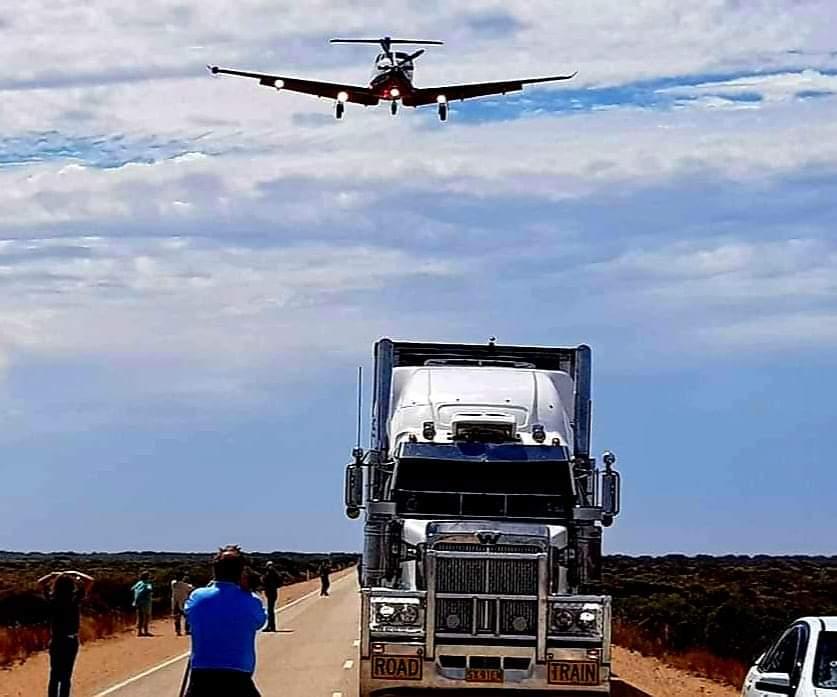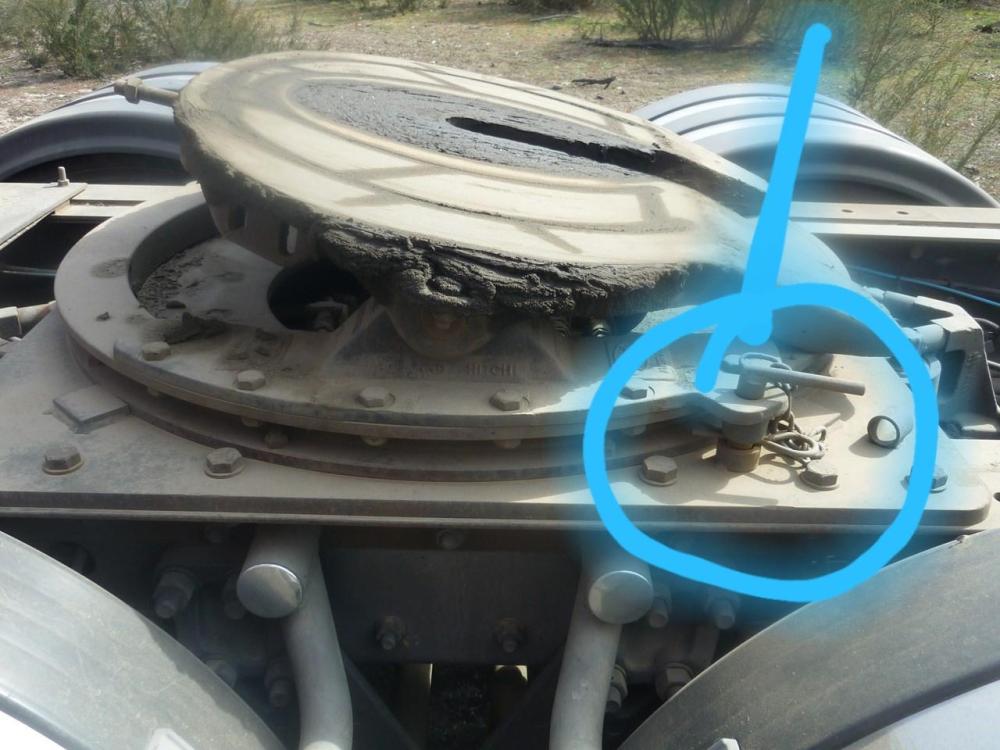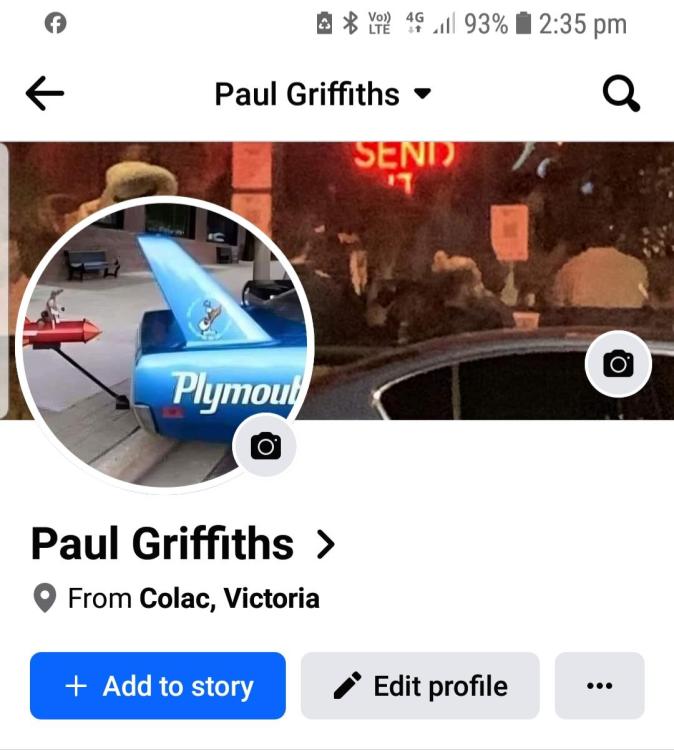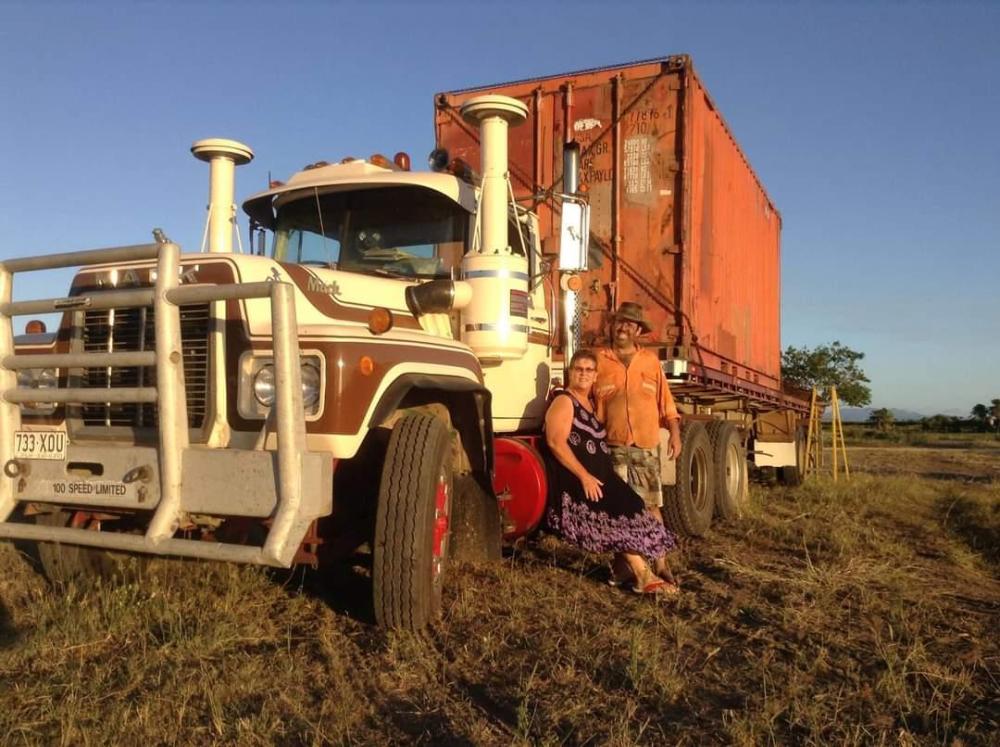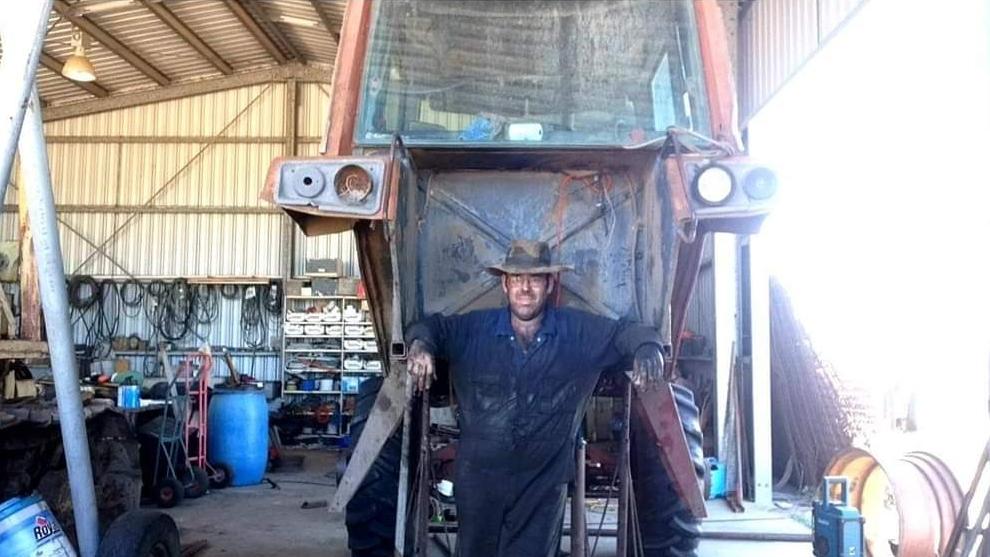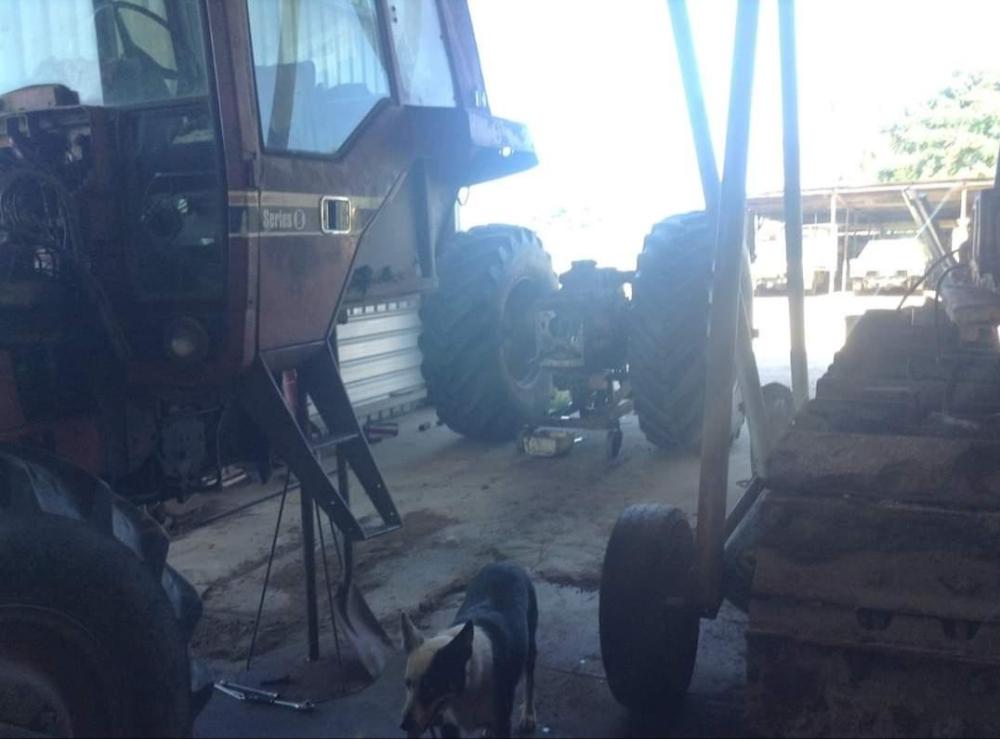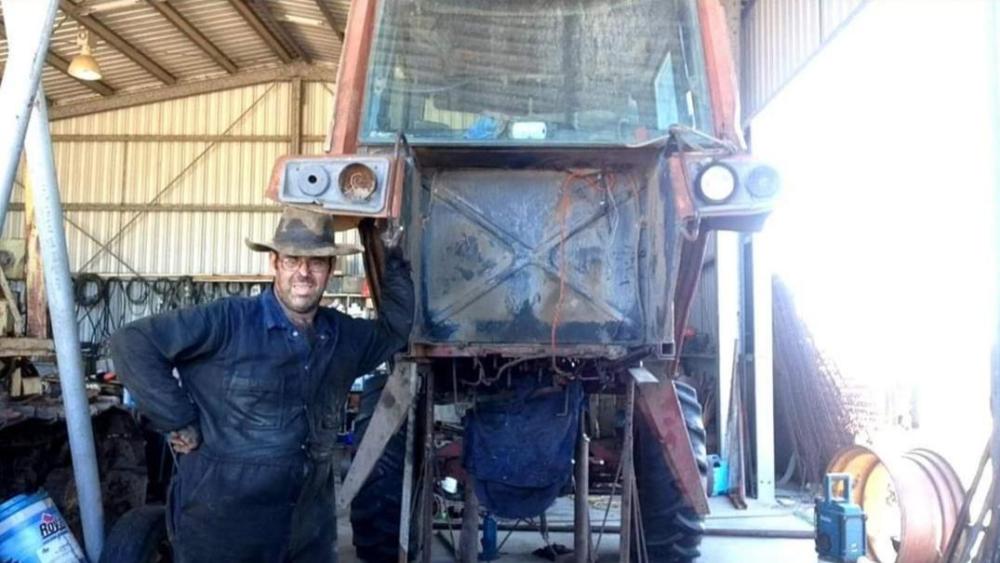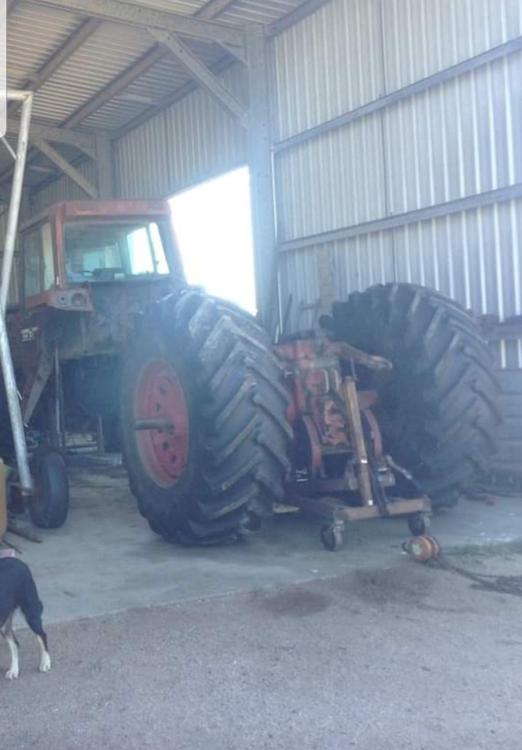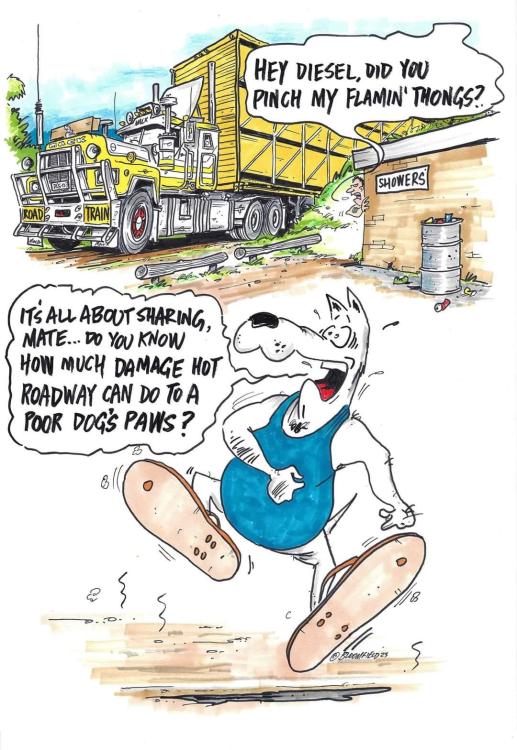-
Posts
6,238 -
Joined
-
Last visited
-
Days Won
74
Content Type
Profiles
Forums
Gallery
Events
Blogs
BMT Wiki
Collections
Store
Everything posted by mrsmackpaul
-

Engine rebuild on a '53 B-61T: END673
mrsmackpaul replied to Keith S's topic in Engine and Transmission
I'm very late to the party here Only thing to be careful of with running beads of weld to pull liners is the crank If the crank is still in the block and a booger from the welding gets stuck on the crank it can become costly This is normal only a issue on a inframe build Cut some thin tin the same width as the journal and wrap it around and a hose clamp You can then hook in pretty confident it will all be good I remember looking at Vlads photos some years ago with the from a Lanova motor in a normal workshop press, block was nearly as big as the press and I seam to recall took all press effort to push the liners home Some maybe dry ice for dry liners and the electric blanket off the spare bed on the block for a day or so might make the job much easier putting the new sleeves back in Anyways, this is not gunna be a in frame rebuild as the motors well and truly out of the frame now Paul -
It doesn't have to be very far forward of the center, maybe only a inch or so It depends on the local laws a weight limits on axles Should be a full load on the steer when you have full weight on the drives This will vary on wheel base and laws etc You should be able to get it pretty much spot on first go Weigh just the steer axle no load Weigh just the drives no load Get some old style kitchen scales and a piece of say 2 x 1 wood long enough to measure your wheel base at scale you choose, maybe 1 inch equals 1 foot Then two kitchen scales, something like this Maybe use a 1 - 200 scale as in 1 pound on the scales equals 200 pounds in the real world One scale is drive axle center the other is steer axle Put the 2 x 1 on top with scaled wheel base to match the measurements on the stick and center these marks in the middle of each scale Load these up to match the tare weight From the gross weight your allowed to carry you subtract the tare Scale this weight to the same ratio as tare weight Then place this on the stick and move it along until the weight is in the ratio from steer to drive axles This is your king pin location This was how things were done before computers and trucks run at maximum weight By doing this you can't over load the steer but always have plenty of weight to make the truck handle properly Paul
-

74 Mack Rmodel Project
mrsmackpaul replied to JBushneck's topic in Antique and Classic Mack Trucks General Discussion
Looks like a good beginning place, all complete and original by the looks of it Paul -
I guess a lot of the younger blokes on here would of never heard of this bloke and his brother and their films Don't worry I hadn't either, dunno that his stuff ever made to Australia before the internet I quite enjoyed this, good old fashioned comedy and they laugh at them selves, something really umheard of today Good clean fun It goes on a bit but well worth the effort Sure is some beautiful country side and a history lesson to boot Happy days everyone Paul
-
- 1
-

-
King pin on the grease plate to far back Shock absorbers on the front axle crook Paul
-
Well drove that right off into the side cut Got bloody covid for Christmas, virgin run at it, so cancelled the tickets, the accommodation and feel like I have a hang over from a massive bender It feels like all the bones I have busted are busted again and there's a ringing in my ears from rock concert I didn't attend Good news is the bones aren't busted and hopefully the hangover will cure itself in time And the ringing in the ears drowns out the Princess So all in all it is a shit show but theres some positives to be had Hope everyone had a great Christmas Paul
-
The R.F.D.S. or as we call it "The flying doctors" but full name is Royal Flying Doctor Service Was set up in 1928 by John Flynn, or Flynn of the outback to me as kid to get sick and injured people to doctors in hours instead of days Anyway it still runs today, read bellow from someone wiser than me Great photo from the Nullarbor Roadhouse site. It comes as a surprise even to some Australians that some stretches along highways such as the Nullarbor and Stuart Highway are used as both roads and landing strips for the Royal Flying Doctor Service planes? Photo: Ben Stamatovich Yeah I know it's not a Mack but a cool photo none the less Paul
- 6 replies
-
- 12
-

-

-

-
I don't know but someone will be qlong soon enough Paul
-
As for teflon, I find if I am hauling a trailer with grease on it's plate and slip a teflon turntable under it with out cleaning the grease off it grips and tears the teflon off So I reckon teflon are crap on turn tables, no one wants to be cleaning grease off a trailer before hitching up Well not this no one anyway Paul
-
The 006 duck, how are you doing ? Did you ever learn about the history of the Green Hornet ? Hoping all is well and you had a great Christmas were ever you managed to pull up Paul
-

Coca Cola LJ Mack colors
mrsmackpaul replied to 1961H67's topic in Antique and Classic Mack Trucks General Discussion
Yes, cool story Happy Christmas Paul -
Normal deal in Australia and I am guessing the rest of the world A ball race turntable has a pin to drop in so you can tow a normal trailer with out a cheese block I don't have ball race turntables at all, not because I dont like them but because I have never bought anything with one on it So this been said I would happily use a ballrace turntable So tip over axle and chassis tippers, think you blokes call them end dump, if you don't have a ballrace turntable the the primemover (tractor) needs to be straight when tipping for stability A normal grease plate, all the wear is on the jaws There's advantages for both but more for the ballrace, they are smoother, less maintenance (provided you do actually grease them) and last a lot longer If it was me I would just chuck a new ballrace in a grease it weekly Paul
-
-
Hoping he had a great day Paul
-
Well this just came up on Facelessbook memories 6 years ago today, getting ready to head out again, boxing day in Australia, dunno if the rest of the world has boxing day or not, 26th December She's a good old girl, the Princess isn't bad either ha ha ha Im a bit soft, got a step ladder in the back ground for getting on and off the trailer ha ha Paul
-
I doubt a lot of people today even know the difference between petrol (gas) and diesel these days Maybe someone thinking it was the propper way of describing it as a none electric truck, we never do know in this modern world But yes, for 8 grand in Australia people would be falling over them selves to buy it Paul
-
I have a huge amount of stuff like this for IH 86 and 76 series farm tractors I have made for splitting them in three for working on them For me that is huge job but made easier by the special bits and pieces that hold things in place From a few years ago now, tractor dropped low range and every last bit had to come out of the back end to just a housing sitting there For me this is a huge job, gotta remember I'm no mechanic and totally self taught, but just poke along using common sense You need to hold gears in place in the trans mission while the shafts slide apart when splitting the tractor, and keep it square and even The D7 beside the tractor had a cracked head and was out of action for a while as Cat D8800 heads are pretty thin on the ground these days Paul
-
Most of Australia is dry, very very dry, I have been told that if we took all the rain fall from across Australia and averaged it out across Australia the average rain fall would be about 4 inches I have also been told that there are cattle stations bigger than entire countries in Europe and the biggest land owners in Australia had cattle stations that combined more land area than the state of Texas The east coast and only a few hundred mile inland are were most people live, 98% of people or more The grain belt in Australia is dry, maybe 12 - 14 inches of annual rainfall And despite what we say in Australia, our climate is very mild by world standards Maybe minus 3 or 4 C to plus 45 C There are spots that are colder, but not much colder on main land Australia I have farmed were it's been 116 in the shade for weeks on end, that is horrible and quite tiring after a couple of weeks When we grew sugar cane in north QLD it never got cold 24C in winter and 34C in summer, no 4 seasons, just a wet season and a dry season Anyway you blokes don't wanna hear this rubbish from me, is it a white Christmas in the state's? Thinking it must be for Vlad, well and truely white and very cold for him Paul
-
Yes mate 78 mm (3 1/4inches) of rain on Christmas day, thats over a 1/4 of our annual rainfall in a few hours No power from 6am until 4pm, and no complaints from me as I didn't have to work at all except cook the roast in the BBQ, unlike the blokes fixing the power and attending to all the calls for help from flooding It was a good day for me, Princess doesn't know it and my son doesn't know it either but the Princess and I are jumping on the kero kite to go and surprise the boy for his birthday as he lives at the other end of this wide brown land His birthday is on the 28th December and he couldn't make it here for Christmas I'm looking forward to seeing the boy, we haven't seen him in 12 months Hope everyone has had a great day with family and friends Paul
-
Have a wonderful Christmas everyone Has been interesting year for us all No white Christmas in Australia Stay safe and enjoy the day off of you manage to achieve a day off Paul
-
B61 were all diesel in Australia, guessing the same deal applied for the rest of the world Paul
BigMackTrucks.com
BigMackTrucks.com is a support forum for antique, classic and modern Mack Trucks! The forum is owned and maintained by Watt's Truck Center, Inc. an independent, full service Mack dealer. The forums are not affiliated with Mack Trucks, Inc.
Our Vendors and Advertisers
Thank you for your support!




